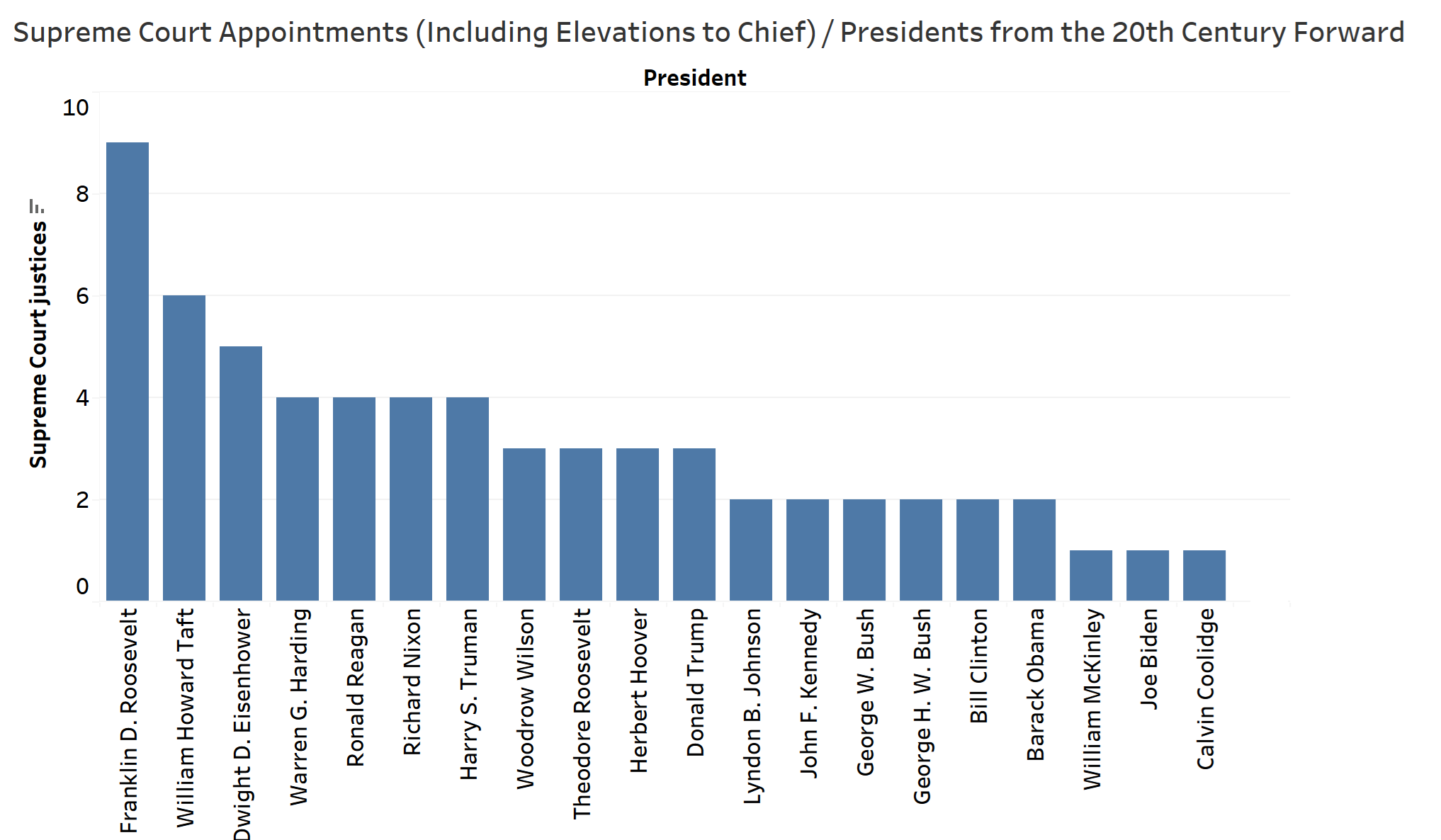November 11, 2025
Former Judicial Clerks: Shaping the Future of the U.S. Judiciary

In the intricate tapestry of the U.S. legal system, the influence of Supreme Court justices extends far beyond their tenure, embedding deeply into the judicial landscape through the strategic placement of their former clerks. This emerging trend, highlighted by recent appointments, underscores a calculated effort to preserve judicial philosophy across generations.
Among the most notable instances is the succession of Justice Anthony Kennedy, who facilitated the ascension of his former clerks, Justices Gorsuch and Kavanaugh, to the Supreme Court. This pattern of mentorship leading to judicial appointments illustrates a broader strategy where justices ensure their legal philosophies endure.
The analysis of data from the Federal Judicial Center reveals that Justice Clarence Thomas leads with twelve former clerks now serving as federal judges, followed by Justice Kennedy with ten. This hierarchy of influence underscores the role of Supreme Court justices not only in deciding landmark cases but also in shaping the judicial ethos for decades.
The legacy of judicial appointments is further illuminated by the strategic retirements under ideologically sympathetic administrations, ensuring a continuity that aligns with their judicial outlook. This practice was evident when Justice Ruth Bader Ginsburg’s seat was filled by Justice Amy Coney Barrett, a former clerk of Justice Scalia, following Ginsburg's death.
The impact of these appointments reaches into the appellate and district courts as well. Circuit judges like David B. Sentelle and Henry J. Friendly have also left a significant mark by placing multiple clerks in the federal judiciary, indicating a robust pipeline that extends their influence well beyond their direct reach.
This calculated placement of clerks has profound implications for the judiciary's future. It not only ensures ideological consistency but also raises questions about the diversity of judicial perspectives. As the trend continues, the federal judiciary may see a narrowing in the variety of judicial backgrounds, with a preference for insiders who have clerked at high levels.
Moreover, these patterns suggest a shift toward a more predictable and ideologically coherent judiciary, potentially reducing the dynamic evolution that comes from a more diverse bench. While this might enhance the rule of law through consistency, it could also limit judicial creativity and the robust debate that shapes nuanced legal interpretations.
As the judiciary continues to evolve, the mentor-clerk relationships will undoubtedly play a critical role in shaping its path. Whether this leads to a judiciary that reflects a broad spectrum of experiences or a more insular, homogeneous body remains a pivotal question for future legal landscapes.